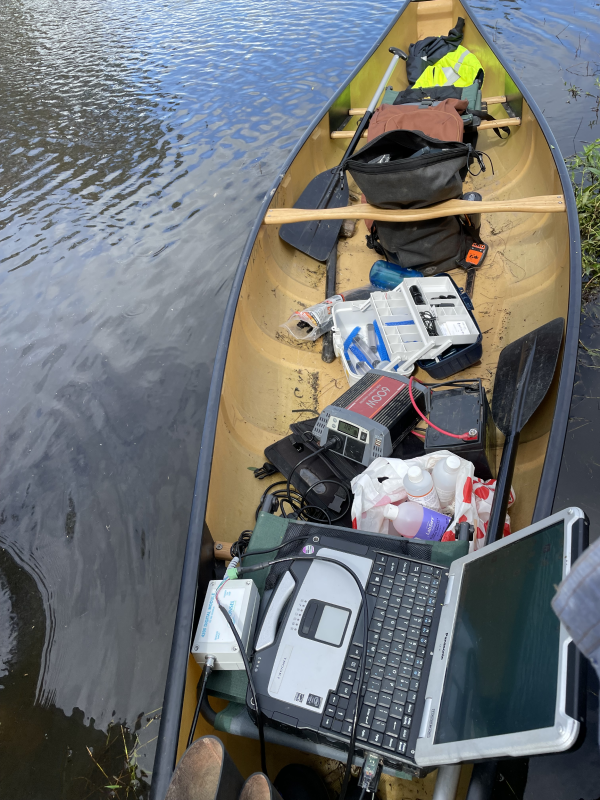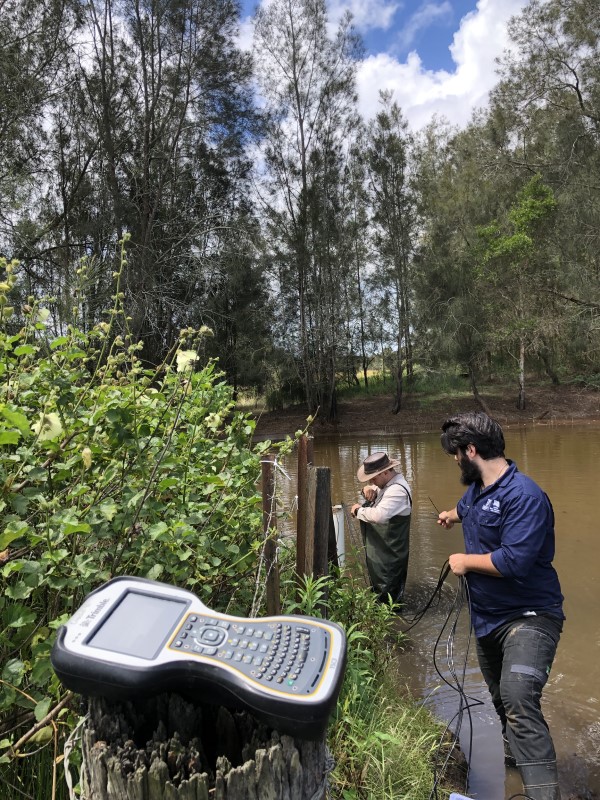Water Monitoring on the Clybucca Wetlands
09 Sep 2022
In support of ongoing works to rehabilitate the Clybucca Wetlands, North Coast Local Land Services has installed a network of monitoring stations that record water acidity, oxygen and water levels.
This monitoring supports works to reduce Acid Sulphate and Blackwater flow into the Macleay Estuary. These phenomena have a severe detriment on marine life and primary industries over tens of square kilometres. The project will create local ‘wet pasture ponding’ to saturate acid scalds leading to improved water balance wetland recovery.
The large acid sulfate scald known as Yerbury’s Scald will be photographed on an hourly basis. These photographs - as well as the data collected at the monitoring stations - are available to view on the UNSW Water Research Laboratory website, giving insights into how the scald and water quality changes over time, in response to weather events and following changes in the way the land is managed.
Wet pasture ponding inhibits the activation of acid sulphate soils, which will reduce the export of highly acidic waters into the Macleay Creeks and Estuary. Our project follows best practice Acid Sulphate management, which you can read about here.
Wet pasture ponding also regenerates native wetland vegetation that is resistant to Blackwater events, and provides an opportunity for wet pasture grazing management. Black Water events occur when dryland vegetation, such as Kikuyu, growing in a wetland setting, is killed during prolonged submersion. The dead vegetation is associated with deoxygenating the water, which is harmful for aquatic life as this low-oxygen water flows into creeks and rivers.
The project will improve the local vegetation to support more birdlife, and we will shortly commence birdlife surveys in partnership with the Hastings Birdwatchers Organisation to track this expected change.
The project is guided by a multi-agency Management Committee, with funding from the NSW Department of Fisheries Flagship Fish Habitat Action Program, and ongoing wetland management from Transport for NSW.

Above: Agile workplaces are an essential part of working in natural resource management!

Above: Wet conditions mean canoes have been the only way to access sites
Below: Installing monitoring stations
